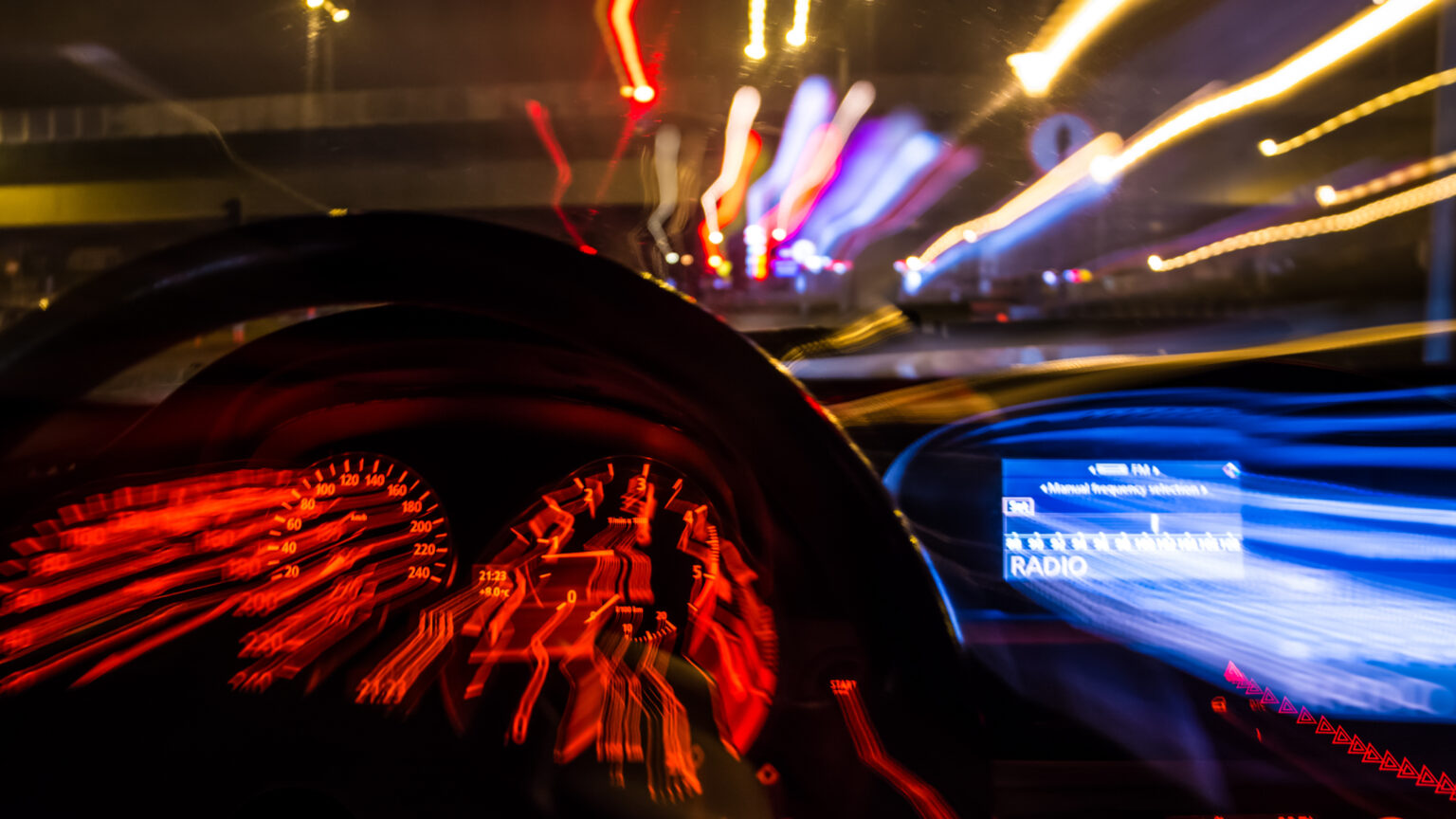The National Traffic Safety Board (NTSB) wants new vehicles to prevent drunk driving and improve safety with onboard blood alcohol sensors. The agency recommended that the National Highway Traffic Safety Administration (NHTSA) mandate the technologies that could help reduce drunk-driving crashes.
In its report, the NTSB outlined an alcohol-related crash that killed several people between 6 and 15 years of age. The driver of one vehicle’s blood alcohol level was almost three times the legal limit in California and was traveling well in excess of the posted speed limit.
Alcohol-related crashes have reached an all-time high, with more than 40,000 people killed last year. The numbers have grown to account for almost one in three fatal accidents.

Some states already require breathalyzer or other BAC-measuring tech for people convicted of driving under the influence, but this would be a significant shift for all automakers and car buyers. Congress passed legislation last year that included language requiring the NHTSA to require the tech in new cars within three years, but the agency can request an extension to that plan.
The NTSB has been ringing this bell for over a decade, so it’s not surprising to see a renewed push. It also recommends requirements around driver attention monitoring and other related technologies to help reduce distraction and recognize impaired driving.
As far as when or if we’ll see new cars on the road with alcohol monitoring tech, the first systems could be ready as early as late 2024. Touch-based sensors and more advanced tech aren’t far behind that, so the initial rollout could start in a couple of years. Like the EV takeover, however, it wil take several years for the technology to become prevalent on our roads.








